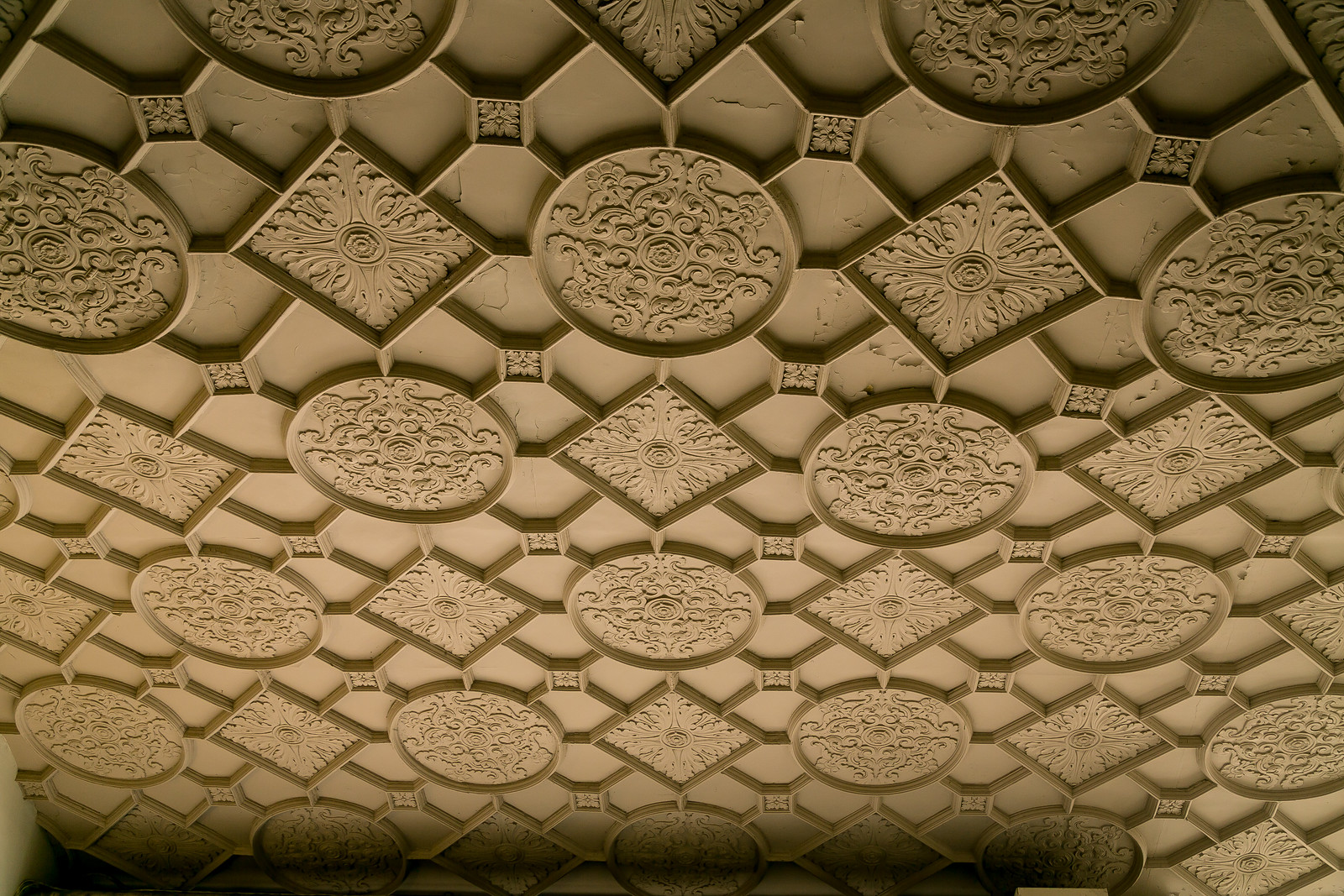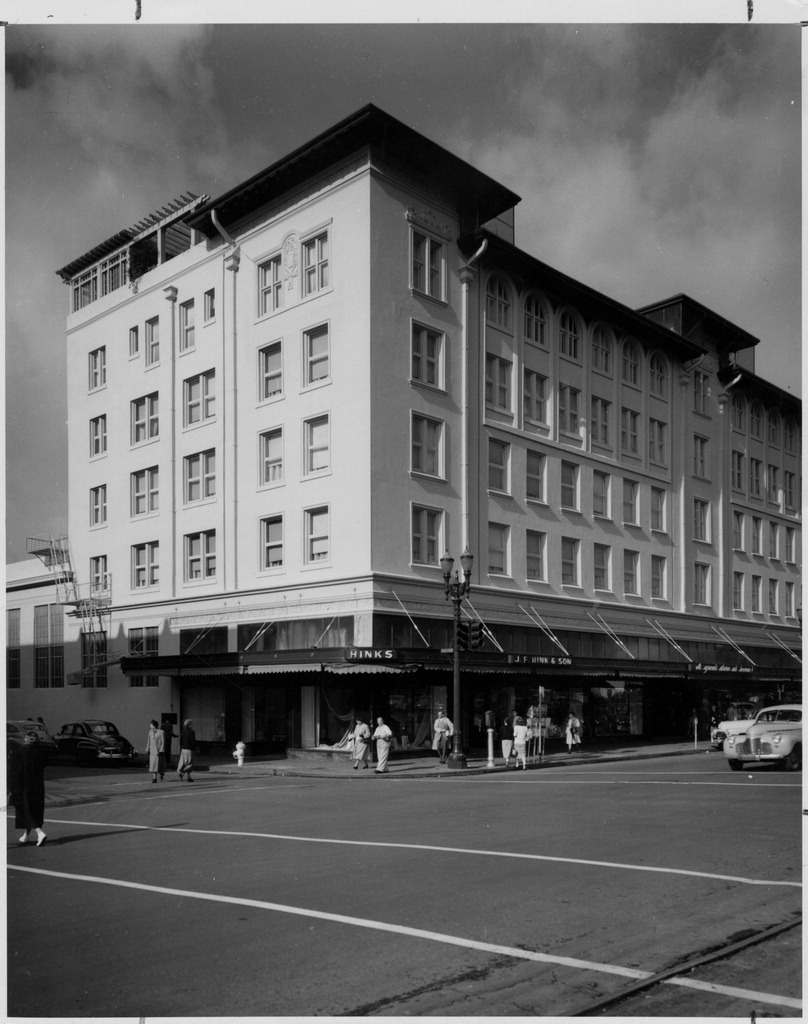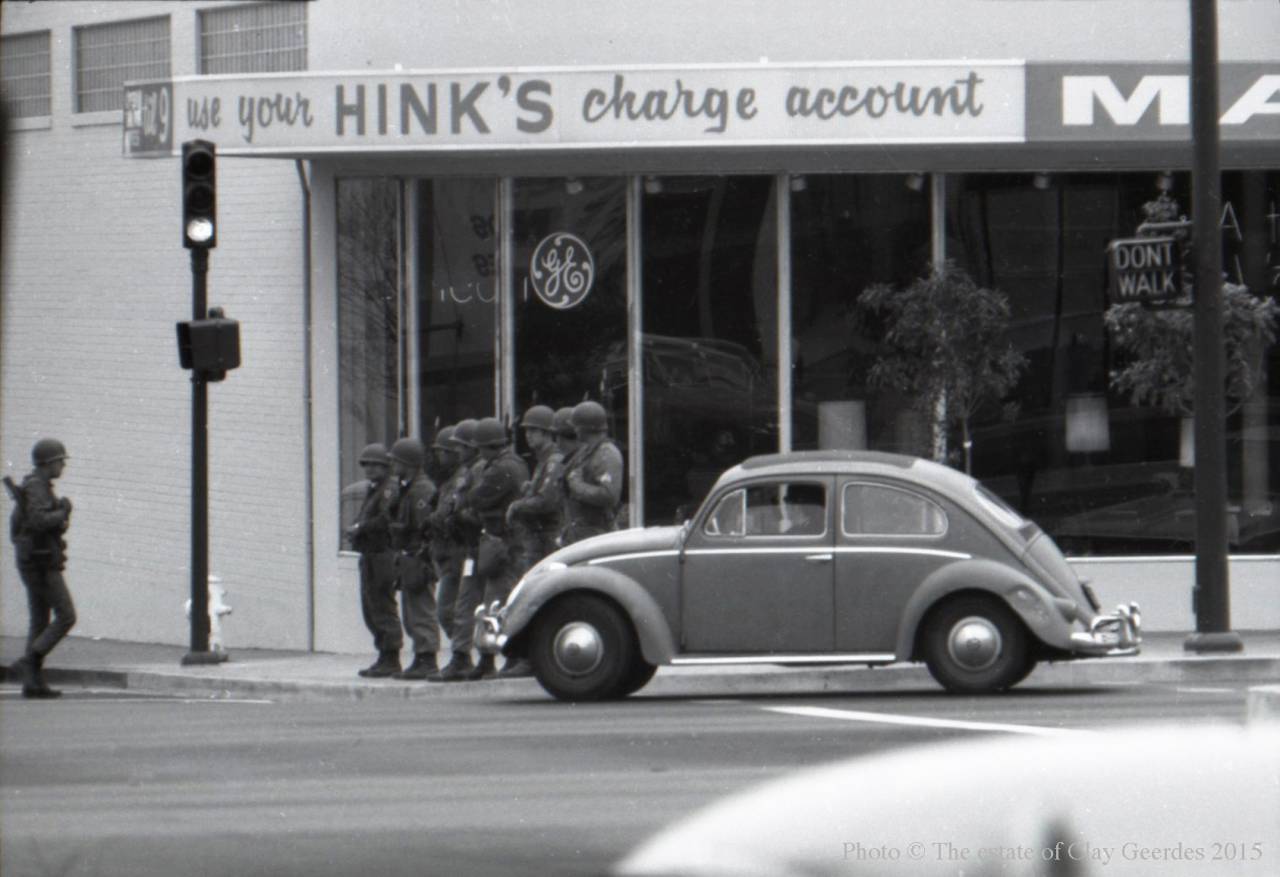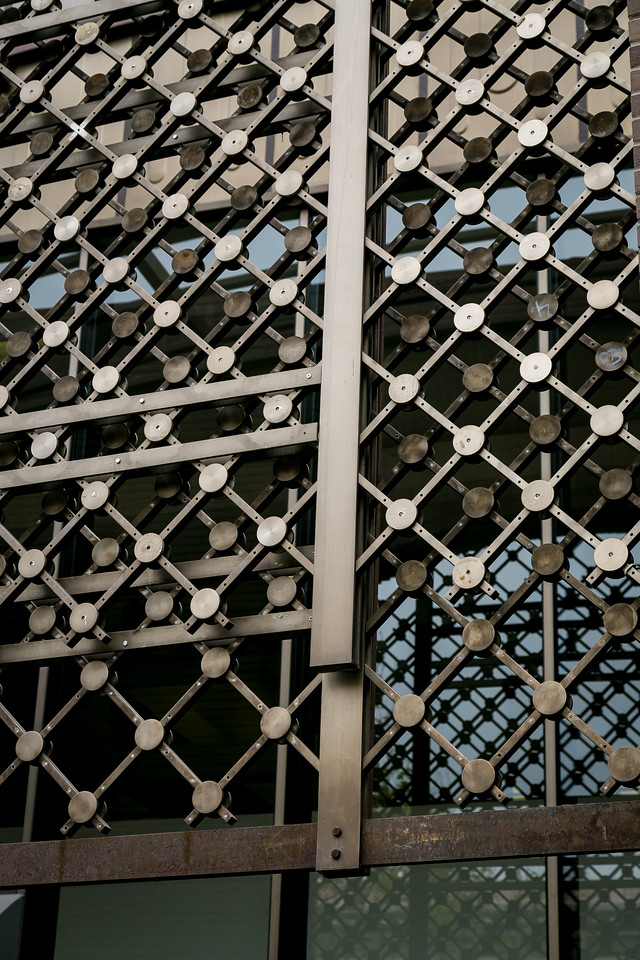In April 2016 I posted photographs of relief sculpture in Berkeley. I learned that there is a range of relief, depending on the degree of projection of the sculpted form – high relief, mid-relief, low relief (bas relief) and sunk relief.
For this here post I became a systematic flaneur (a contradiction in terms?) for six blocks of Shattuck south of University, photographing the relief that I saw. There was a little mission creep, with a few photos of facades other than relief. This was in conjunction with my post on signs in those blocks. Shattuck is often overlooked when we get eloquent about Berkeley. But those who know Shattuck know that it is rich, varied, and – yes – quirky.
Shattuck is a transit corridor and thus a prime target for the New Berkeley. There has been and will be demolition, and no doubt some of the relief/facades shown here will slip away. Too bad! But here is what I saw, running south from University:
This is known as the Heywood building. The late Susan Cerny wrote about it in 2002 for BAHA, here.
Daniella Thompson, the most gifted architectural historian, wrote about this building for BAHA in 2007, seen here. She includes several old photos that really rock, exterior and interior, including this from 1933:
Thompson/BAHA found the photos in the Kress Collection, National Building Museum. It is an amazing collection of of 6,000 architectural plans, 7,000 photographs, and 50 linear feet of documents. Check out the website! Kress was a target of CORE picket lines in the Bay Area protesting discriminatory hiring practices in 1964 and 1965. I have seen photos of picket lines in San Francisco, but can’t find any from Berkeley. As the Coasters told us – still searchin‘.
The Mason McDuffie building (2101 Shattuck) is now home to Scandinavian Design (a lovely coincidence as its original architect Walter Ratcliff used Scandinavian laborers. Along Addison,the pilaster capitals show crows/ravens and bears. Along Shattuck, four columns with capitals depicting in high relief workers involved in the design and construction of the building. Great relief!
Here’s our first non-relief facade. The Chase Tower was constructed in 1969. Known originally as the First Savings Building due to its primary tenant, it was designed by architect David Termolen, with Bakke, Cann & Paige. The building was the first suspended high-rise building in Northern California, representing a revolutionary method of construction at the time.
With your permission, we will peak west on Allston to the facade of the Hotel Shattuck Plaza.
In 2007, BAHA posted a brilliant history of the building here, written by – who else? – Daniella Thompson.
Because of a great photo, I’d like to cheat for just a moment. AT&T now occupies 2180 Shattuck. It was once a F.W. Woolworth.
It was not just any Woolworth – as of 1936 it was Northern California’s latest F.W. Woolworth Company store.
Back to Shattuck in 2017:
And which in 1969 looked like this:
Gratuitous historical shot! Shame! I was looking for photos of National Guard jeeps for a post that I hope to do on Jeeps when I came across this. You understand, don’t you?
At the corner of Kittredge is the main branch of the Berkeley Public library. Lots of relief:
The Berkeley Historical Plaque Society honors it here.
Without question, the greatest relief on Shattuck and possibly Berkeley is the Tupper Reed building at 2271 Shattuck. The Plaque Society honors it here.
Wow. That’s all I have to say. Wow. It was built as a music store. After a fire in 1959 the music store moved next door. I shopped there for sheet music for my brother-in-law every Christmas until it closed in 2005. Added fact: the 2016 BAHA spring tour included a quaint English-style cottage built for partners John Tupper and Lawrence Reed.
Here is a little something about the theater. Cinema Treasures includes this early photo of the theater contributed by Ian Gundy:
This appears to be an earlier shot:
Another non-relief facade:
A final shot, and it’s a facade.
The large-scale decorative metal screens scream “1965!” which is when it was built.
So there you have it – six blocks of Shattuck, south from University to Durant. What is the significance of this?
For me, the significance is simple. There was a time when we valued beauty for the sake of beauty in what we built. We cared about what it looked like. People who care what things look like today are sometimes derided as living their lives encased in amber. I don’t want a divisive rant here, but beauty and style do matter to me and to others who love Berkeley. These facades and relief sculptures are part and parcel of our dear old Berkeley. They help make our city what it is.
I asked my friend about the photos. “Tupper and Reed. I’m not a bar fly, but doesn’t it seem the perfect place to sit and drink with someone? I really dig the medieval vibe that they’ve got going here.
He flipped a postcard onto my desk. The background is white but here it is:
Yikes – it is a piece of art that was my grandfather’s. He was a medievalist. How did my friend track this down? There is something really special about people who track down things like this and bring you something of your family that you didn’t know about. Wow. I thanked him profusely.
What about the facades and relief?





































Dear Tom,
Thanks for the terrific post on the facades of Shattuck Ave. Great timing in the face of all the ugly architecture that is being constructed all over town. Whatever happened to design?
Infill is great as a concept, but hey, let’s have some beauty as well as the bottom line.
Penny
Tom,
An excellent post, I have always loved the reliefs of Berkeley but find that like many things I often take them for granted. Sometimes though you stop and stare and realize what a treasure we have. I appreciate that you will get me to wake up and look a little more deeply at whats around me.
d